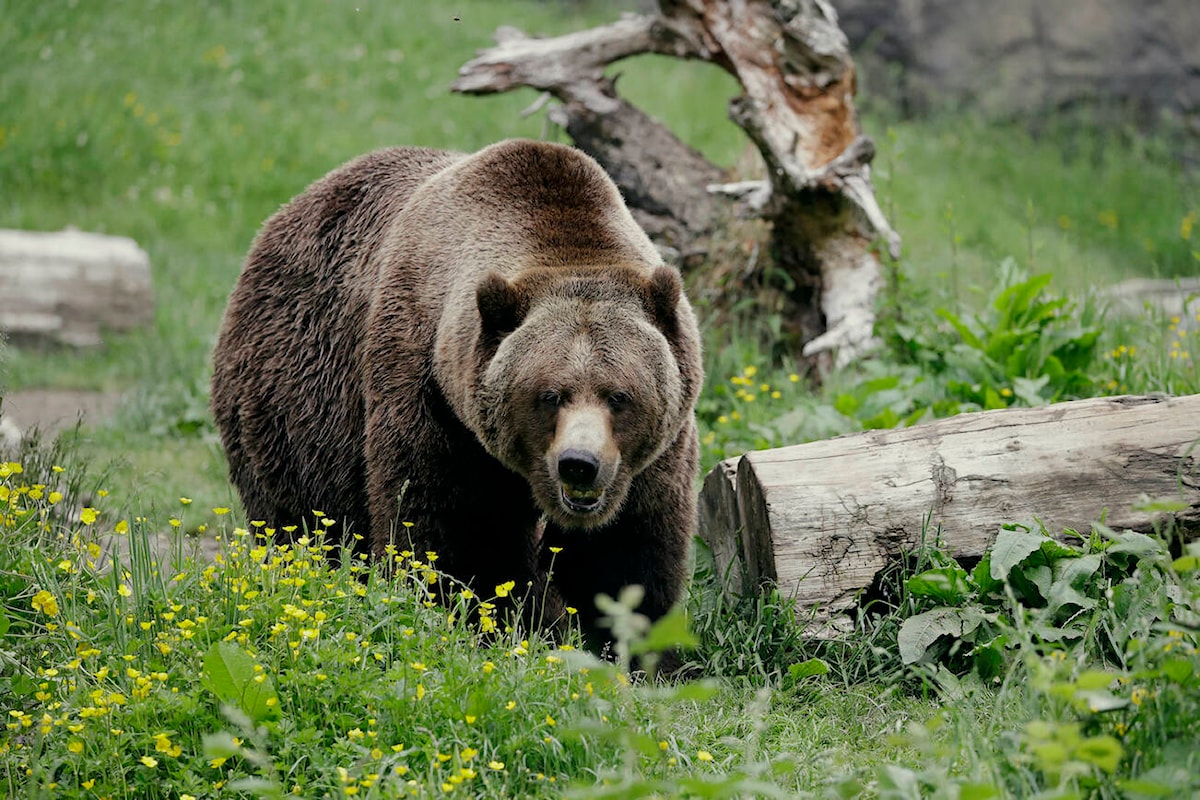“Visitors are asked to respect posted speed limits and no-stopping zones at all times, as well as stay alert and prepared to encounter wildlife at any time, even when driving along fenced sections of the highway. By reducing speeds, driving alertly, and giving wildlife space and respect, you can help reduce wildlife mortality.”



That is frankly gross that you care more about objects than living breathing sentient beings.
I mean, my first thought was basically verbatim what the comment you’re responding to said. But I was thinking about whether the collision would have killed the passengers of the car, not just “is the car okay?”
To be fair I don’t think him bringing this questioning means he doesn’t care about the living. It’s sad for the animals and the injured humans, but what is the kind of impact?
Dead humans. If you’re talking about moose, at least part of the time the result is dead humans—an elementary school classmate of mine (in northern Ontario) lost an uncle that way. Serious damage to cars often means serious damage to occupants.
Collisions with the local bears tended to be worse for the bears than the humans, because bears are lighter and lower to the ground then moose. They were also much rarer, because bears are less likely to stand in the middle of a narrow highway with a 90km/h speed limit and just chill.